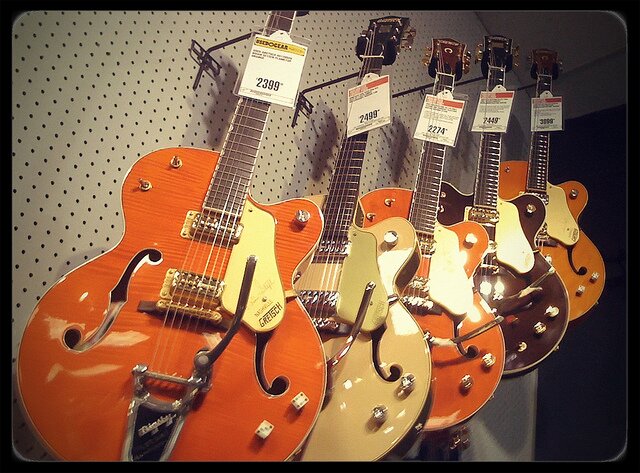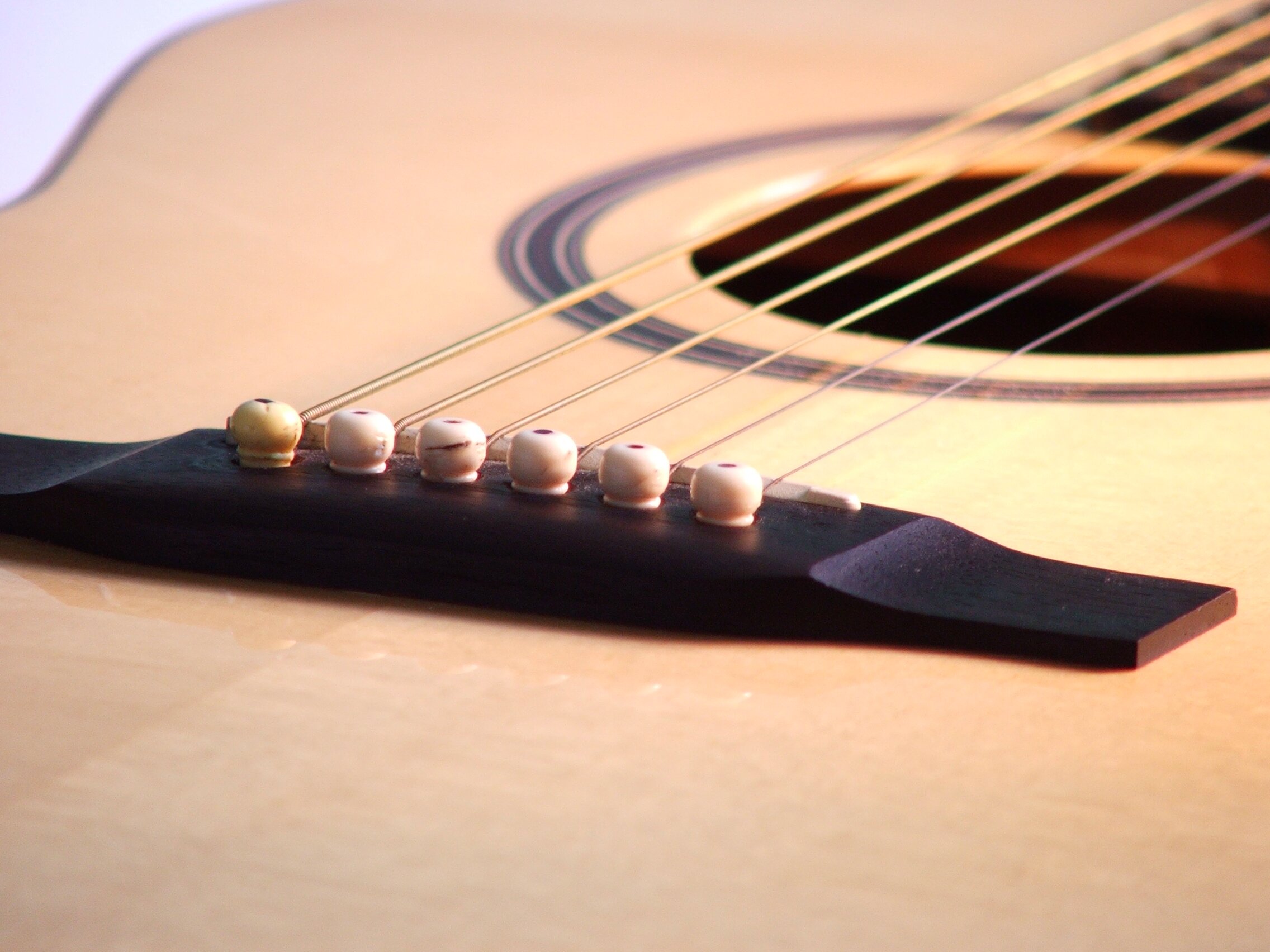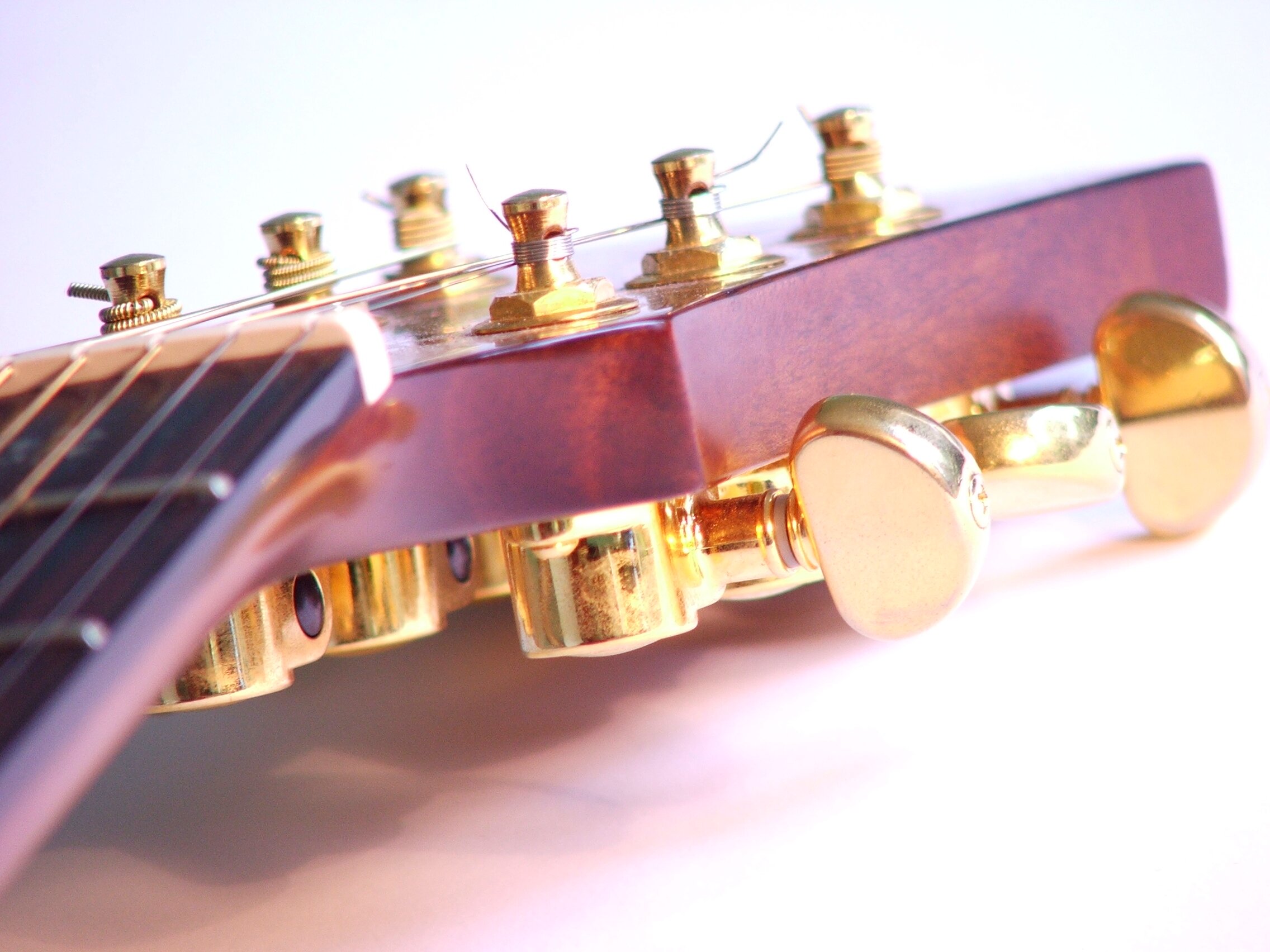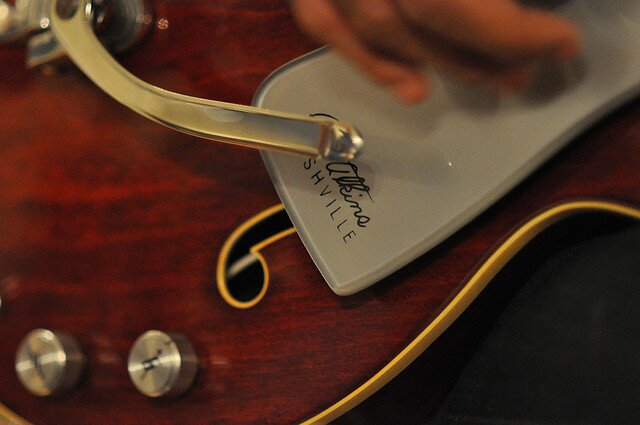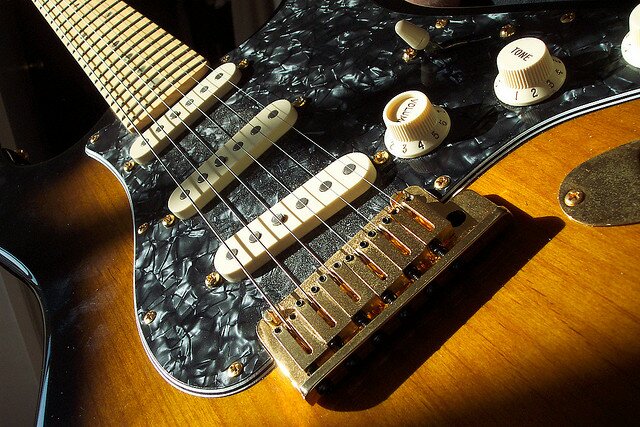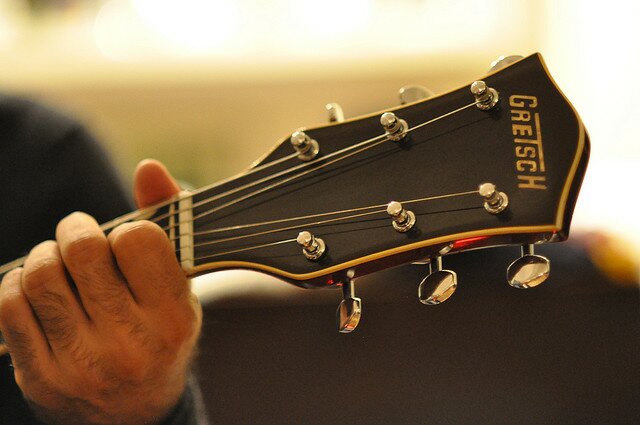A Major, D Major and E Major Guitar Chords
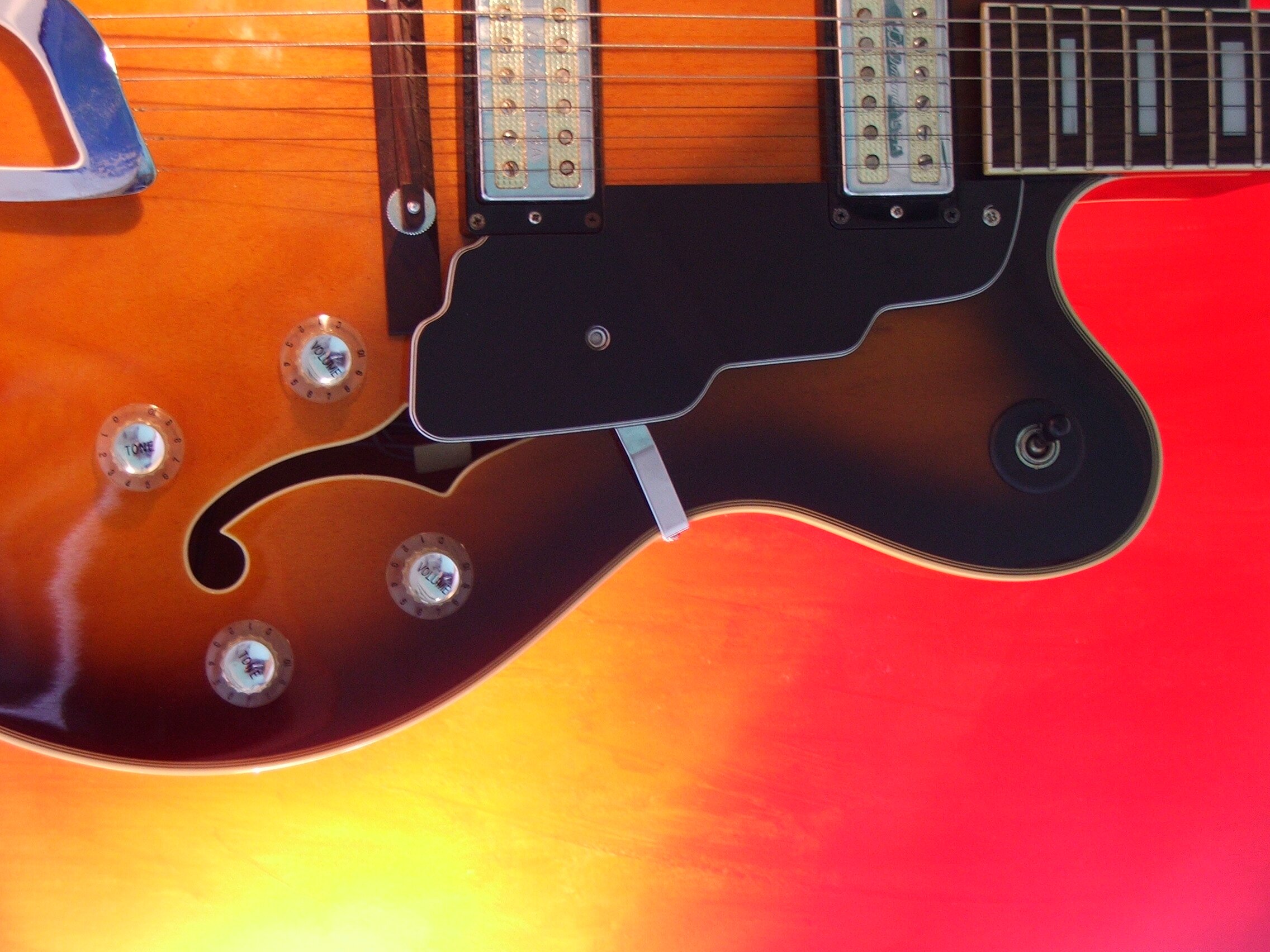
This lesson we take a look at 3 major chords and look at how to recognise and play them in a chord sequence.
For each chord diagram you have a photo of the chord being played and also some audio of what the chord should sound like. If you’re not sure how to read these diagrams refer back to lesson 1 of this set. Otherwise, take a good look at the three chords below and practice forming them until they sound nice and clear:
 TIPS
TIPS
You will know when you have practiced these chords enough when they start to sound like the audio, and they become familiar enough to move straight to them without too much hesitation.
Remember to be very careful not to strum any strings marked with an ‘x’. This is the most common reason why a beginner’s chord wont sound the same as a more experienced player.
If the strings make a ‘buzzy’ sound, make sure you are pushing the strings hard onto the fretboard and that you are not blocking any strings with any of your fingers. Also don’t forget that the clearest notes are played when your fingers are just behind the fret wire.
Once you are used to these factors, your chords should sound clear and crisp! All of this does take time so be patient!
PRACTICE
A great way to practice new chords is to play each chord once, and then move to the next chord, and then the next chord. Keep this going in a circle and you’ll soon start to get quicker at chord changing. Although this exercise increases the speed of your chord changes, the most important thing to focus on is the clarity of these chords.
* When music is written down on paper it is split into small measures called ‘bars’. In standard form each bar contains four beats. You can see these ‘bars’ as the sequence is divided up by lines (e.g) *
*When reading a single capital letter symbolises a major chord, and a capital letter followed by a small ‘m’ symbolises a minor chord*


